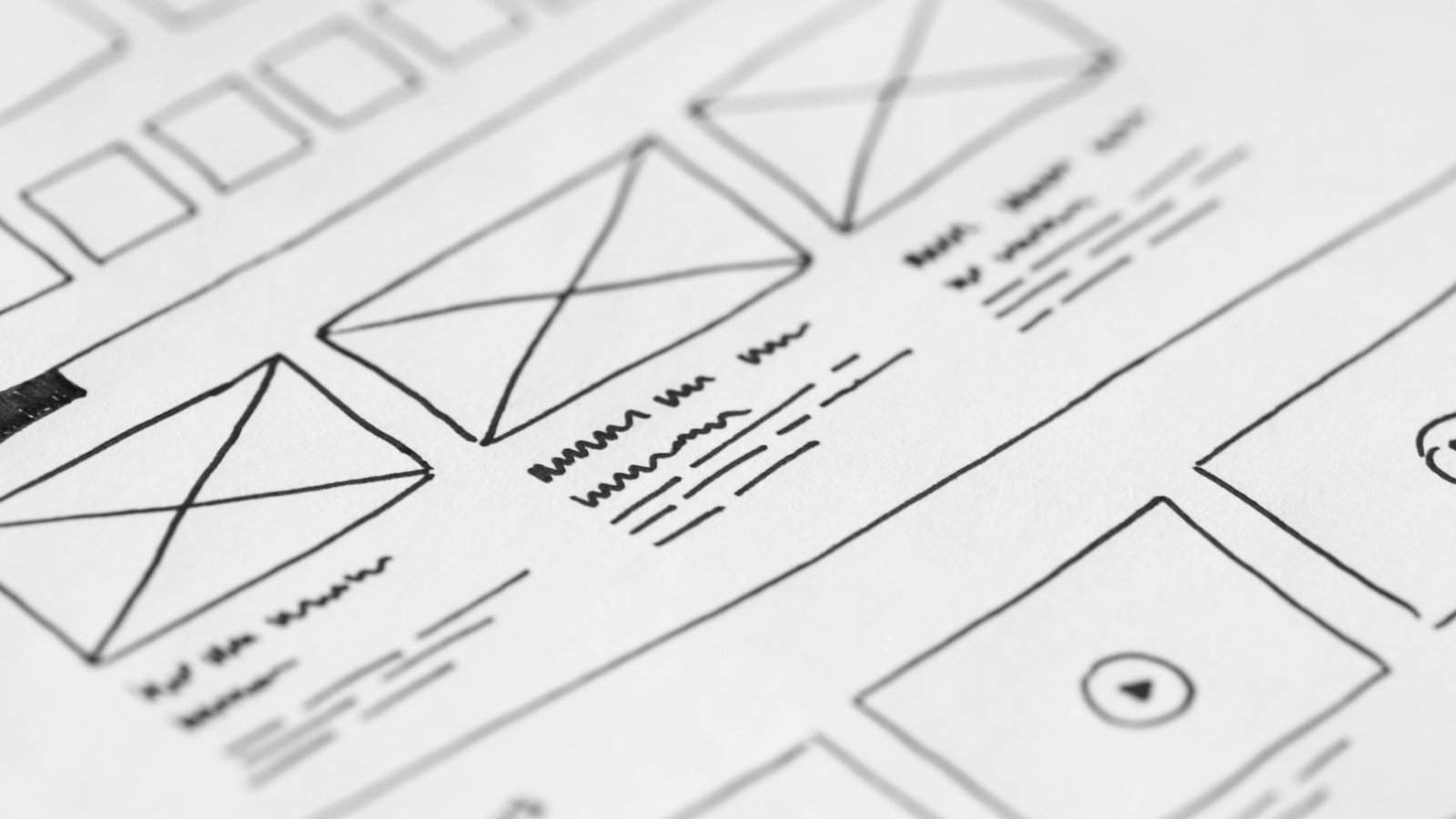In today’s digital landscape, a website is often the first interaction customers have with your business, making it crucial to get it right from the beginning. However, building a website is more than just selecting a template and throwing up some images; it requires careful planning, clear objectives, and a user-centered approach. Let’s explore the key considerations to keep in mind to make your website both effective and engaging.
1. Define clear goals
Before any design work begins, it’s important to know the purpose of your website. Are you selling products, sharing information, building a community, or showcasing a portfolio? Establishing a clear goal will help guide every aspect of the design process. If the primary goal is to generate leads, for instance, your design should highlight calls to action and ensure it’s easy for users to contact you.
Key Questions:
- What do you want visitors to do on your site?
- How will your website support your business goal?
2. Understand your target audience
Knowing your target audience allows you to shape the content, style, and functionality of the website to meet their expectations and needs. The preferences of a younger audience, for example, may differ drastically from those of a more professional demographic. Understanding your audience’s preferences helps determine everything from visual design to navigation structure.
Key Questions:
- Who are the primary users of your website?
- What type of content and design will engage them?
3. Plan your content strategy
Content is the cornerstone of any successful website. Without meaningful content, even the most visually appealing site will lack substance. Your content strategy should include the types of information you want to convey, such as text, images, videos, and infographics, and should align with the site’s goals. Investing in quality copywriting, SEO-friendly content, and professional visuals ensures that your website doesn’t just look good but also communicates effectively.
Key Actions:
- Map out the essential pages and their purpose (e.g., About, Services, Blog).
- Develop a content schedule if you plan to maintain a blog or news section.
4. Choose the right platform
There are numerous platforms and content management systems (CMS) to choose from, each with its strengths and weaknesses. WordPress, for instance, is known for its flexibility, while Shopify is a preferred option for eCommerce. Selecting a platform that aligns with your technical skills, budget, and goals can save time and resources in the long run.
Key Considerations:
- Do you need an eCommerce solution, or is it a content-focused website?
- How much control and customization do you require?
5. Focus on User Experience (UX)
User experience (UX) is critical to keeping visitors engaged and driving conversions. Elements such as intuitive navigation, fast loading times, and mobile responsiveness make a huge difference in how users perceive your brand. Designing with UX in mind means making decisions that prioritize user satisfaction, helping visitors easily find what they’re looking for.
Key Tips:
- Simplify navigation with a clear menu structure
- Ensure responsive design for mobile devices
- Minimize loading times by optimizing images and code
6. Prioritize SEO and Digital Marketing
Search engine optimization (SEO) is essential for driving organic traffic to your website. Implementing SEO best practices from the beginning, such as keyword research, metadata, alt tags for images, and an SEO-friendly URL structure, can significantly improve your website’s visibility in search engines. Additionally, planning for digital marketing tactics, like email marketing or social media integration, will expand your reach once the site is live.
Key Actions:
- Research relevant keywords and integrate them into your content
- Use an SEO plugin or tool to ensure you’re following SEO best practices.
7. Consider Security and Compliance
Website security is crucial, especially if you’ll be handling sensitive information or accepting payments online. Implementing HTTPS, using secure plugins, and ensuring compliance with data protection laws, such as GDPR, can prevent data breaches and build trust with your users. Additionally, following accessibility guidelines ensures that your website is usable for people with disabilities.
Key Measures:
- Enable SSL to encrypt data and secure user interactions
- Implement security plugins and conduct regular updates
8. Set a Realistic Budget
Building and maintaining a website involves costs that can vary widely depending on complexity, platform, hosting, and any ongoing maintenance. Having a clear budget in mind allows you to prioritize features, allocate resources effectively, and avoid overspending. Additionally, setting aside a budget for ongoing improvements, updates, and content creation is wise.
Key Budget Considerations:
- Do you need custom design elements or advanced functionality?
- Will you hire professionals for content, design, and maintenance?
9. Think About Future Scalability
As your business grows, your website should be able to grow with it. Consider the possibility of future additions, such as a blog, additional product pages, or new functionalities like live chat. By choosing a scalable platform and hosting solution, you can easily adapt your website without starting from scratch.
Key Questions:
- Will the platform accommodate future expansion?
- How easily can you update or add new features?
Conclusion
Building a website is a significant investment, and getting it right from the start can lead to better user engagement, improved brand perception, and ultimately, business growth. By defining your goals, understanding your audience, planning your content, and prioritizing user experience, you can create a site that not only looks good but also drives results. Whether you’re working with a web designer or building it yourself, keeping these considerations in mind will help you create a site that supports your vision and your business.




Recent Comments